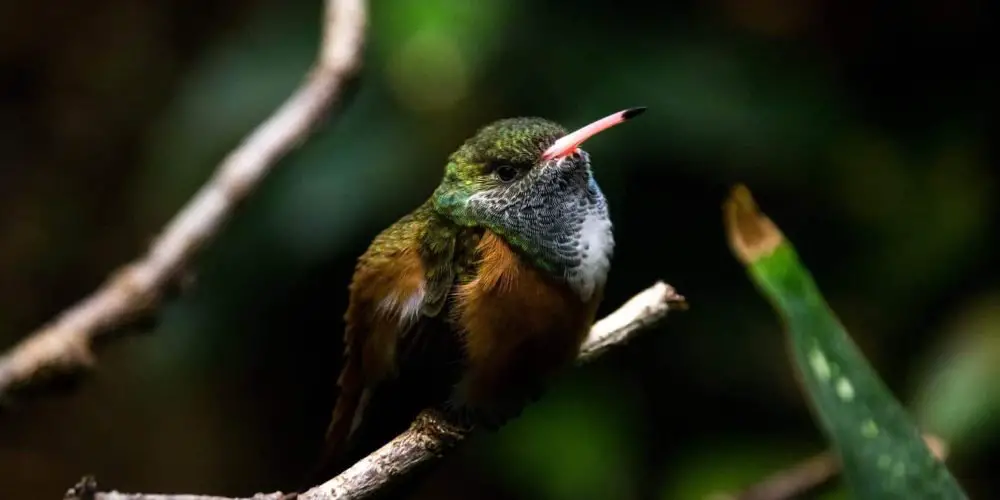
Want to learn more? Take a look at the Compete Hummingbird Guide Book – a classic!
The Ruby-throated Hummingbird is by far the most common of the different species.
In fact, the 4 other species are very rarely seen in the state.
There have also been possible sightings of a few other hummingbird species, but the data is too sensitive to be confirmed.
Michigan is a midwestern state that is classified as having a continental climate.
This means that there is a distinct difference between each of the seasons and summers are warm and humid whilst the winters are cold.
There are a large number of state parks in Michigan, 103 in total. However, there are only 5 different national parks across the state.
Even with these beautiful parks, in Michigan you are most likely to see different hummingbirds at your garden feeder.
So, for now, let’s look at these 5 individual species in more detail.
Take a look at our article on the Best Hummingbird Feeder!
What Hummingbirds can be seen in Michigan?
Table of Contents
1. Ruby-throated Hummingbird
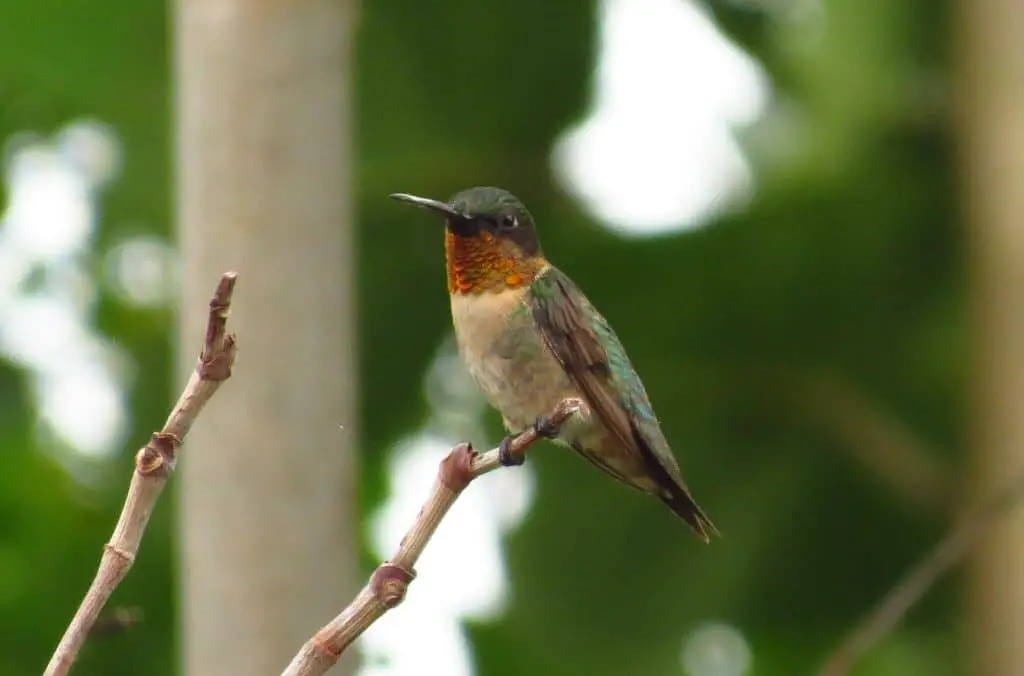
Fun Facts:
- These hummingbirds feed on nectar, particularly the nectar of both orange and red tubular plants such as honeysuckle.
- These birds are tiny and only weigh 2-6g with their wingspan being 8-11cm.
Despite the name, only males of this species have ruby coloured throats.
The females have white bellies and necks with brown feathers covering their wings and backs.
This is common as most female hummingbirds have duller coloured feathers compared to their male counterparts.
These birds are most commonly seen in orchards and meadows.
Males make their territory before the breeding season begins; this is so that he is ready to perform a display flight as soon as a female enters his territory.
These displays involve looping dives of up to 50ft and if the female is impressed, she will move onto the male’s perch before he makes side to side flights in front of her.
The range of these birds encompasses all of Michigan.
However, they are migratory, and you can only see these birds in the state during their breeding seasons.
If you want to attract them to your garden, make sure to have bright tubular flowers planted.
They have been most commonly reported in the central regions of the state.
2. Rufous Hummingbirds
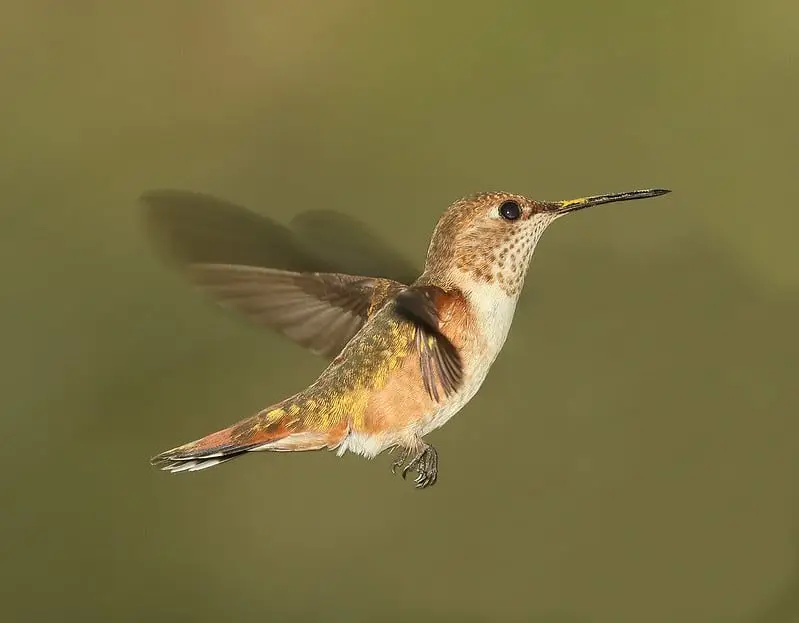
Fun Facts:
- Nectar from tubular plants is the main source of food for this bird.
- These birds are average sized for a hummingbird and weigh 2-5g.
These birds are beautiful, the males have iridescent shades of orange and red feathers covering their body.
Like lots of other hummingbirds, the females of this species have mostly dull and green feathers.
You can usually see these hummingbirds in open areas of land, if you are lucky, you may spot one during its migratory flight.
Rufous Hummingbirds are very aggressive, they are territorial and also very protective of food sources.
Food appears to be more important than breeding as males have been seen chasing females away from manmade bird feeders, even in the middle of the breeding season.
There have only been scattered sightings of this bird in Michigan.
They have all been during the migratory or non-breeding periods of this bird’s life.
If you are lucky, a simple sugar-water feeder will attract them to your garden. They have most commonly been seen in the north of the state.
3. Broad-billed Hummingbird
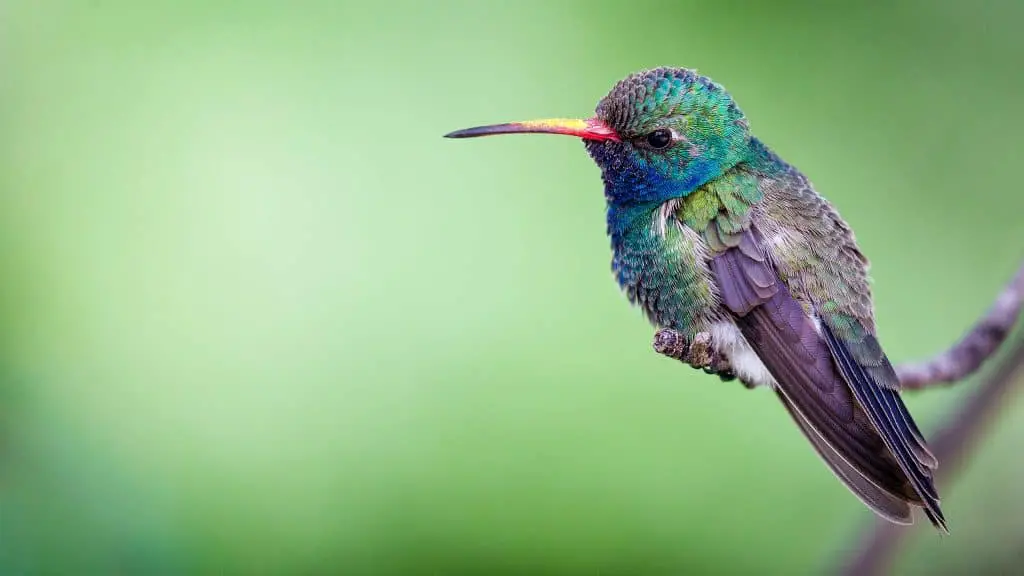
Fun Facts:
- Nectar is the primary food source for these birds but they will also eat insects that they find on plants.
- These birds are average for a hummingbird and have a weight range of 3-4g.
These birds are covered in bright blue and green feathers.
They have bright red bills which, as you probably expect, are broad in size.
You can usually see them foraging in open areas such as canyons and meadows.
Males have a singular perch from which they will call for females to attract them into their territory.
The male will proceed to perform a courtship display as soon as a female enters his territory.
Males will sometimes perform the same display to other males of the species, this is thought to be a warning display.
Breeding pairs do not stay together for multiple seasons, and females raise their young by themselves.
You would be extremely lucky to see this bird in Michigan.
They have only been seen in the state outside of their breeding seasons and have only been spotted on the southern border of the state.
4. White-eared Hummingbird
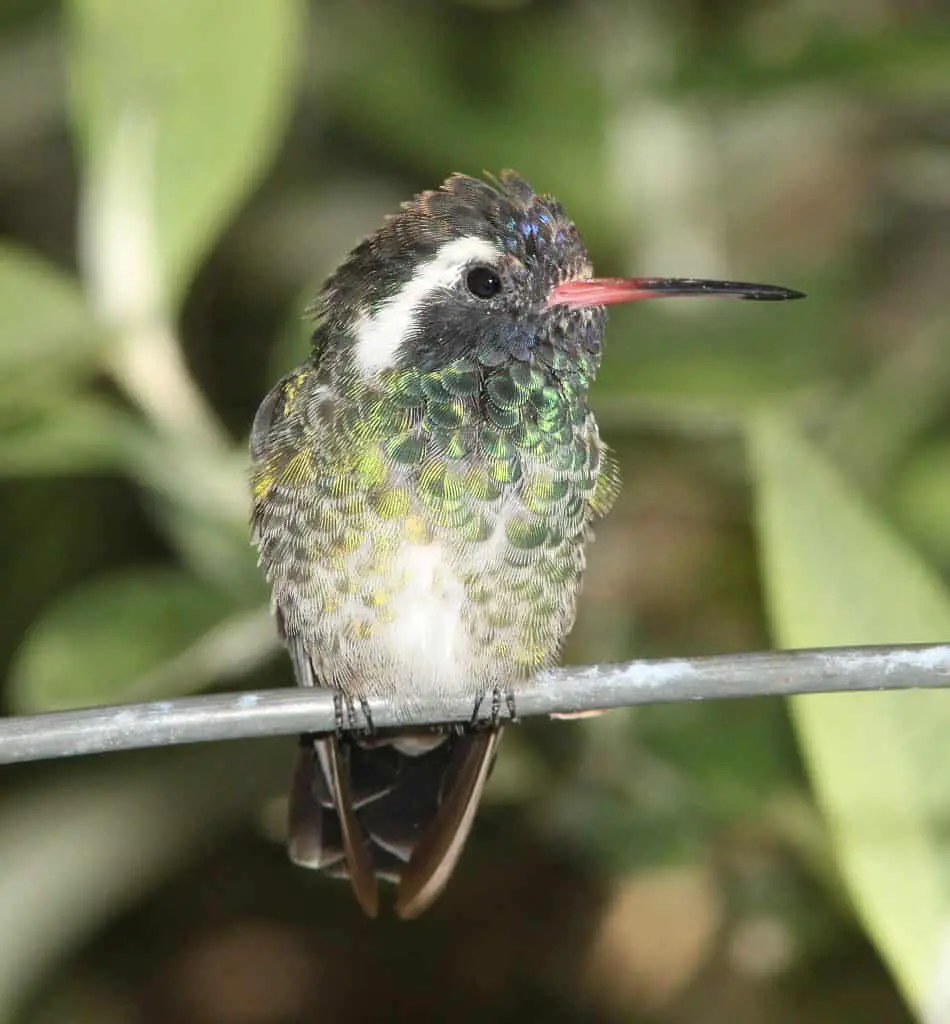
Fun Facts:
- They mostly eat nectar from flowers but will also eat tiny insects.
- They are average sized for a hummingbird and weigh about 4g.
These hummingbirds are known for their distinctive white stripes that go across their face, these stripes almost mimic ears, which is where their name comes from.
Their backs and wings are covered in green feathers and they have black feathers atop their head.
Males will spend most of their time perched on high branches, singing songs to attract females.
You are most likely to see this hummingbird in mountainous forests.
As with most other hummingbirds, the females raise the young on their own and this species is believed to be polygamous as they do not form breeding pairs.
Much like the Broad-billed Hummingbird, sightings of this bird have been scattered and they have only been recorded in Michigan outside of their breeding seasons.
The area of sightings for this bird has been along the eastern border of the state.
If you still want to try and attract these birds to your home, have both sugar-water feeders and tubular plants in place.
5. Mexican Violetear
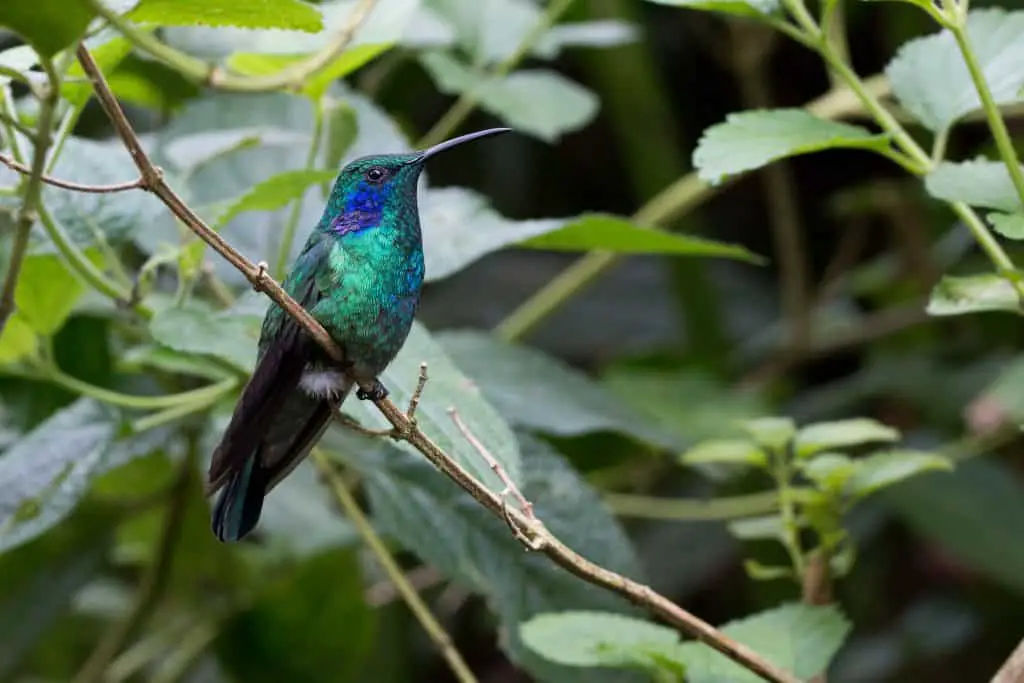
Fun Facts:
- These birds are medium sized for a hummingbird and weigh an average of 5.9g.
- Their main diet consists of a combination of nectar and small insects.
The Mexican Violetear is a hummingbird covered in iridescent green and blue feathers, these feathers mix in the light and can give the bird its violet appearance.
They will usually make their nests in areas of dense forests.
However, they have recently been spotted in more open areas, such as flower banks and country roadsides.
These birds are known for their song which is described as a metallic chirping and they are known to perform this song atop of high perches.
These birds are very rarely seen outside of Mexico, but they have been spotted in the state of Michigan.
They have only been seen in the state outside of their breeding seasons and even then, these sightings are very scattered.
That being said, the main area for sightings of this bird is in the south east of the state.

More Articles.
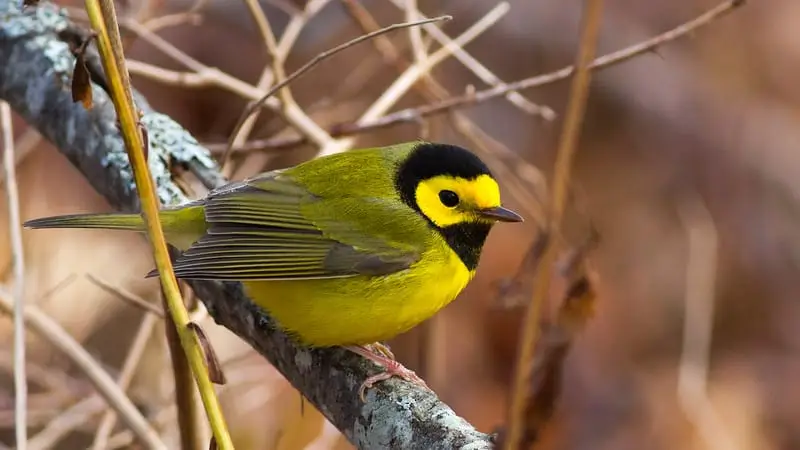
North American Birds with Yellow Bellies (34 Species with Pictures and Sounds)
Canada and America are filled with many wonderful birds with yellow bellies – in fact,
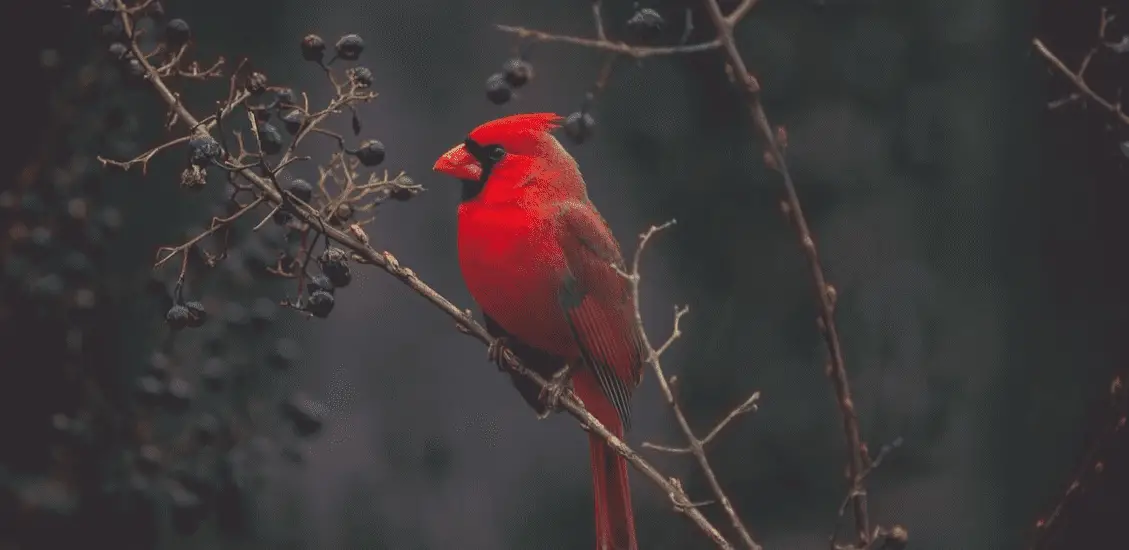
What does it mean when you see a Cardinal?
There are some truly amazing things that the cardinal can represent in your life, whether
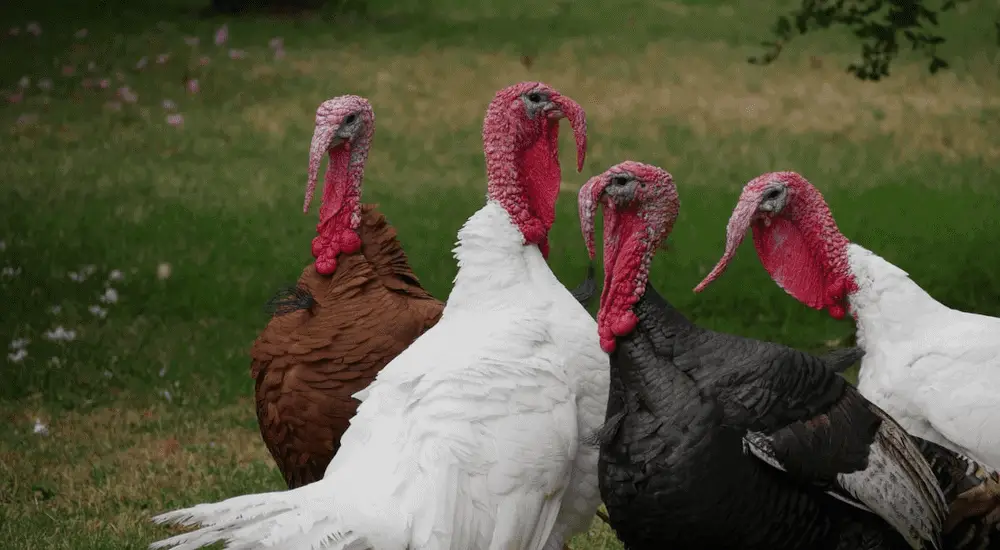
How to attract Wild Turkeys to your yard?
Wild turkeys can be provide quite a fascinating addition to your yard. Providing acorns in

About Us
We are avid bird-watchers who recently retired, allowing us more time to travel the world. Fortunately, we have managed to visit numerous countries around Europe, Asia, and America. Watching and photographing birds has been a passion for many years and we are making the most of the extra time on our hands!
